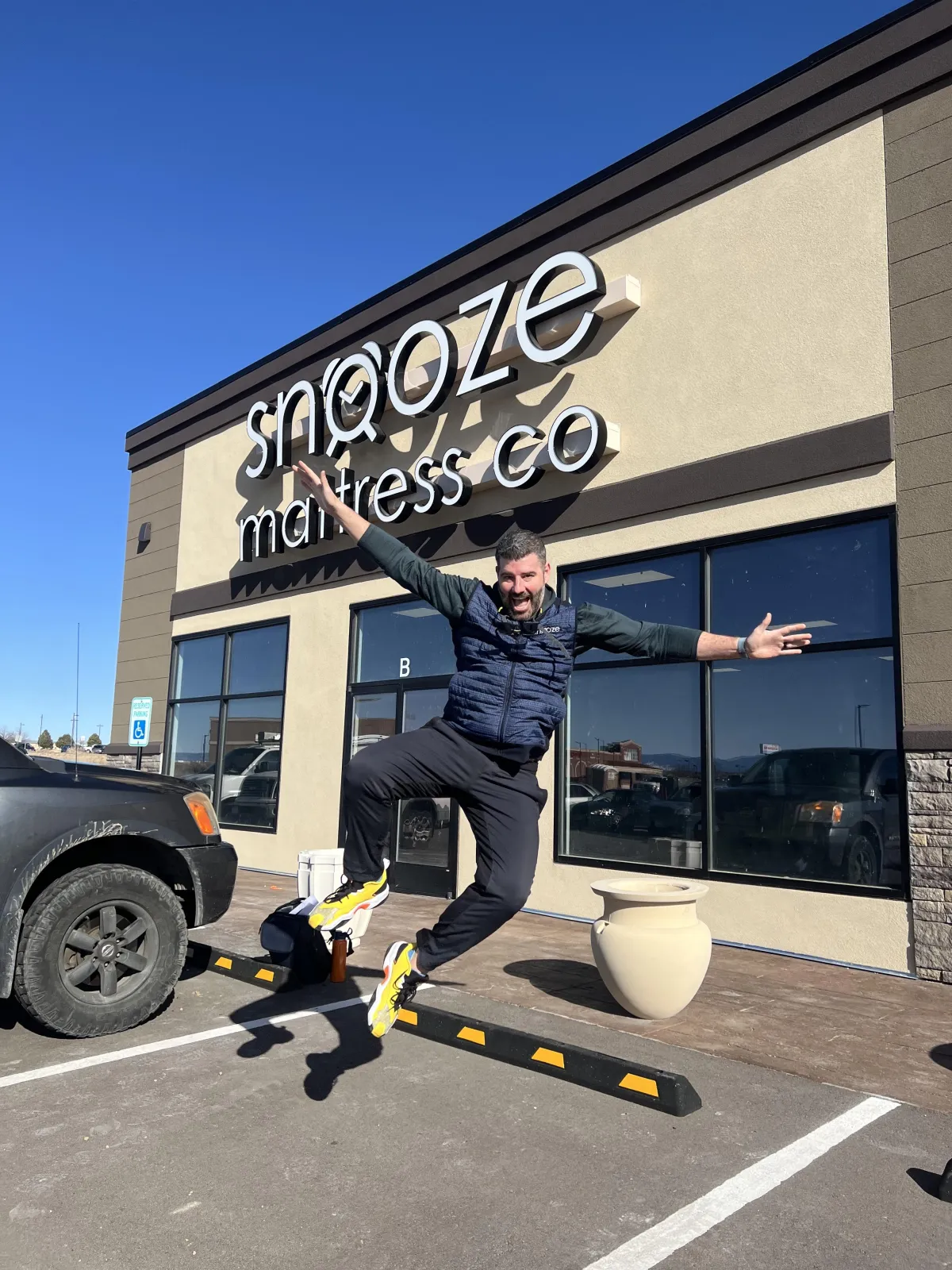
Location, Location, Location: Deciphering A, B, C Site Categories for Franchise Success
When venturing into the realm of franchising, one of the critical decisions you'll face is choosing the right location for your business. The success of a franchise often hinges on where it's situated, making the understanding of A, B, and C location categories vital for potential franchisees. These classifications not only impact foot traffic and sales but also play a significant role in startup and operational costs. We delve into what these location types mean and why they matter when buying a franchise.

“A Locations”: Prime Real Estate
“A locations” are considered the gold standard in retail and franchise siting. These spots are typically found in areas with the highest foot traffic, such as city centers, major shopping malls, or bustling commercial districts. The visibility and accessibility of A locations are unparalleled, often leading to higher sales volumes due to the heavy flow of potential customers.
Why “A Locations” Matter
Maximum Exposure: Being in a prime area means your franchise will benefit from high visibility, increasing brand awareness and attracting more customers.
Higher Sales Potential: The significant foot traffic in A locations can translate into higher sales volumes, making these spots highly coveted.
Competitive Advantage: Securing an A location can give your franchise a leg up on the competition, particularly if you're the first or only representative of your brand in the area.

“B Locations”: Balanced Opportunities
“B locations” are a step down from the prime spots but still offer considerable advantages. These areas might include smaller shopping centers, suburban retail zones, or secondary streets in urban areas. While they don't command the same foot traffic as A locations, B locations can still provide a good balance of visibility and affordability.
Why “B Locations” Matter
Cost-Effectiveness: B locations tend to have lower lease or purchase costs than A locations, making them more affordable for new franchisees.
Solid Traffic: While not as bustling as A spots, B locations still attract a decent amount of foot traffic, especially if they're near residential areas or business parks.
Strategic Positioning: For franchises offering niche products or services, a B location might offer the right mix of visibility and targeted customer base.

“C Locations”: The Cost-Conscious Choice
“C locations” are often in less desirable areas, such as off-the-beaten-path streets, outskirts of towns, or in neighborhoods with lower foot traffic. The appeal of C locations lies primarily in their affordability, making them an option for franchisees with limited capital.
Why “C Locations” Matter:
Lowest Costs: The lease or purchase prices in C locations are typically much lower, reducing initial startup and ongoing operational expenses.
Community Engagement: A franchise in a C location can become a community staple, building a loyal customer base in underserved areas.
Opportunity for Growth: Choosing a C location offers the chance to transform an area, potentially increasing its value and your franchise's profitability as the neighborhood improves.
The choice between A, B, and C locations should be informed by a combination of factors, including your budget, the specific requirements of the franchise brand, and your business goals. Each type of location offers distinct advantages and challenges:
“A locations” maximize exposure and sales potential but at a higher cost.
“B locations” offer a balanced approach, providing visibility without the premium price tag.
“C locations” are the most affordable and can foster community ties, though they come with higher risk due to lower foot traffic and visibility.
Understanding the nuances of these location categories and evaluating how they align with your business strategy is crucial in making an informed decision when buying a franchise. The right location can set the stage for your franchise's success, making it a key factor to consider in your entrepreneurial journey.
SNOOZE PRESS RELEASES

Location, Location, Location: Deciphering A, B, C Site Categories for Franchise Success
When venturing into the realm of franchising, one of the critical decisions you'll face is choosing the right location for your business. The success of a franchise often hinges on where it's situated, making the understanding of A, B, and C location categories vital for potential franchisees. These classifications not only impact foot traffic and sales but also play a significant role in startup and operational costs. We delve into what these location types mean and why they matter when buying a franchise.

“A Locations”: Prime Real Estate
“A locations” are considered the gold standard in retail and franchise siting. These spots are typically found in areas with the highest foot traffic, such as city centers, major shopping malls, or bustling commercial districts. The visibility and accessibility of A locations are unparalleled, often leading to higher sales volumes due to the heavy flow of potential customers.
Why “A Locations” Matter
Maximum Exposure: Being in a prime area means your franchise will benefit from high visibility, increasing brand awareness and attracting more customers.
Higher Sales Potential: The significant foot traffic in A locations can translate into higher sales volumes, making these spots highly coveted.
Competitive Advantage: Securing an A location can give your franchise a leg up on the competition, particularly if you're the first or only representative of your brand in the area.

“B Locations”: Balanced Opportunities
“B locations” are a step down from the prime spots but still offer considerable advantages. These areas might include smaller shopping centers, suburban retail zones, or secondary streets in urban areas. While they don't command the same foot traffic as A locations, B locations can still provide a good balance of visibility and affordability.
Why “B Locations” Matter
Cost-Effectiveness: B locations tend to have lower lease or purchase costs than A locations, making them more affordable for new franchisees.
Solid Traffic: While not as bustling as A spots, B locations still attract a decent amount of foot traffic, especially if they're near residential areas or business parks.
Strategic Positioning: For franchises offering niche products or services, a B location might offer the right mix of visibility and targeted customer base.

“C Locations”: The Cost-Conscious Choice
“C locations” are often in less desirable areas, such as off-the-beaten-path streets, outskirts of towns, or in neighborhoods with lower foot traffic. The appeal of C locations lies primarily in their affordability, making them an option for franchisees with limited capital.
Why “C Locations” Matter:
Lowest Costs: The lease or purchase prices in C locations are typically much lower, reducing initial startup and ongoing operational expenses.
Community Engagement: A franchise in a C location can become a community staple, building a loyal customer base in underserved areas.
Opportunity for Growth: Choosing a C location offers the chance to transform an area, potentially increasing its value and your franchise's profitability as the neighborhood improves.
The choice between A, B, and C locations should be informed by a combination of factors, including your budget, the specific requirements of the franchise brand, and your business goals. Each type of location offers distinct advantages and challenges:
“A locations” maximize exposure and sales potential but at a higher cost.
“B locations” offer a balanced approach, providing visibility without the premium price tag.
“C locations” are the most affordable and can foster community ties, though they come with higher risk due to lower foot traffic and visibility.
Understanding the nuances of these location categories and evaluating how they align with your business strategy is crucial in making an informed decision when buying a franchise. The right location can set the stage for your franchise's success, making it a key factor to consider in your entrepreneurial journey.

